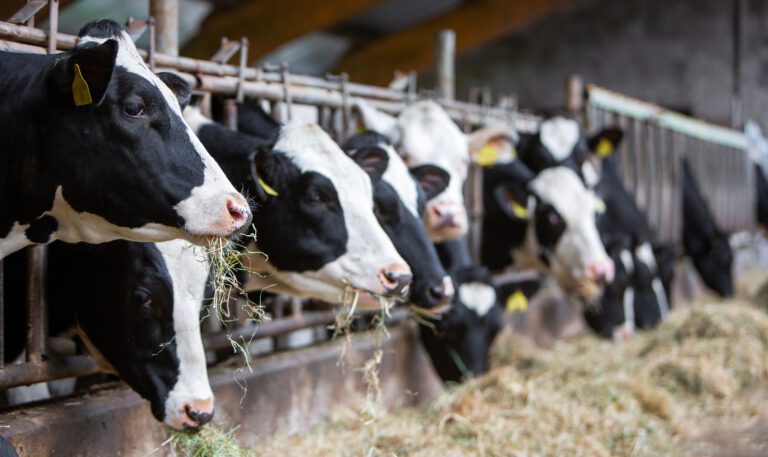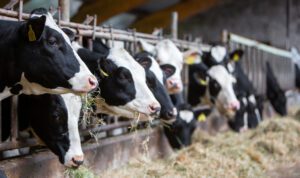The transition period – defined as the 21 days before and after calving. This is a critical 42-day window that can make or break the success of a dairy cow’s entire lactation. As milk yields continue to increase across dairy herds, the importance of optimising this period only grows. The demands on the cow’s metabolism are immense, and how she is managed through this short phase has a lasting impact on her health, production, and fertility.
Close-Up Dry Period: The Foundation for Success
The close-up dry period, ideally the final four weeks before calving, sets the stage for a successful transition. During this phase, the primary focus should be on maximising dry matter intake (DMI) while managing energy levels carefully. High intakes before calving are closely linked to high intakes after calving, which is crucial for minimising negative energy balance (NEB) in early lactation – a major contributor to metabolic disorders and poor performance.
One effective strategy is feeding chopped straw mixed with a high-protein concentrate. The straw provides physical fibre that supports rumen fill and maintains motility, while the protein concentrate helps meet the increasing nutritional needs of the growing foetus and colostrum production. This approach also boosts the cow’s ability to hit peak milk yield more effectively.
Understanding and Managing Mineral Balance
Knowing the mineral status of your forages is essential. Forages often contain high potassium, which can interfere with calcium mobilisation. Implementing a partial DCAB (Dietary Cation-Anion Balance) approach during the close-up period can help optimise calcium status at calving, reducing the risk of subclinical and clinical milk fever.
Transition to Early Lactation: Stress Management and Intake Are Key
As cows enter lactation, the focus must remain on minimising stress and maximising feed intake, particularly of high-quality forage. Stress suppresses DMI and heightens the risk of rumen upset. Smooth, consistent management is essential.
Avoid sudden changes to diet; build up concentrate feeding gradually over the first 3 weeks. This allows the rumen to adapt and helps prevent acidosis or displaced abomasum.
80/20 Rule: Small Inputs, Big Outcomes
The Pareto principle (80/20 rule) holds especially true in dairy transition management: about 20% of well-executed inputs during the transition period can drive 80% of positive outcomes in milk production, health, and fertility. Research consistently shows that early lactation performance, particularly in the first 60 – 90 days, is tightly linked to transition success.
In Conclusion
Transition success is not about chasing litres – it’s about focusing on health. Healthy cows are productive cows. Focus on high DMI, mineral balance, reduced stress and controlled dietary changes, to ensure cows are primed to meet their production potential. Managed correctly, this 42-day window becomes the most powerful investment in the cow’s entire lactation.
To discuss your herd’s transition period contact Drummonds on 046 902 1641



